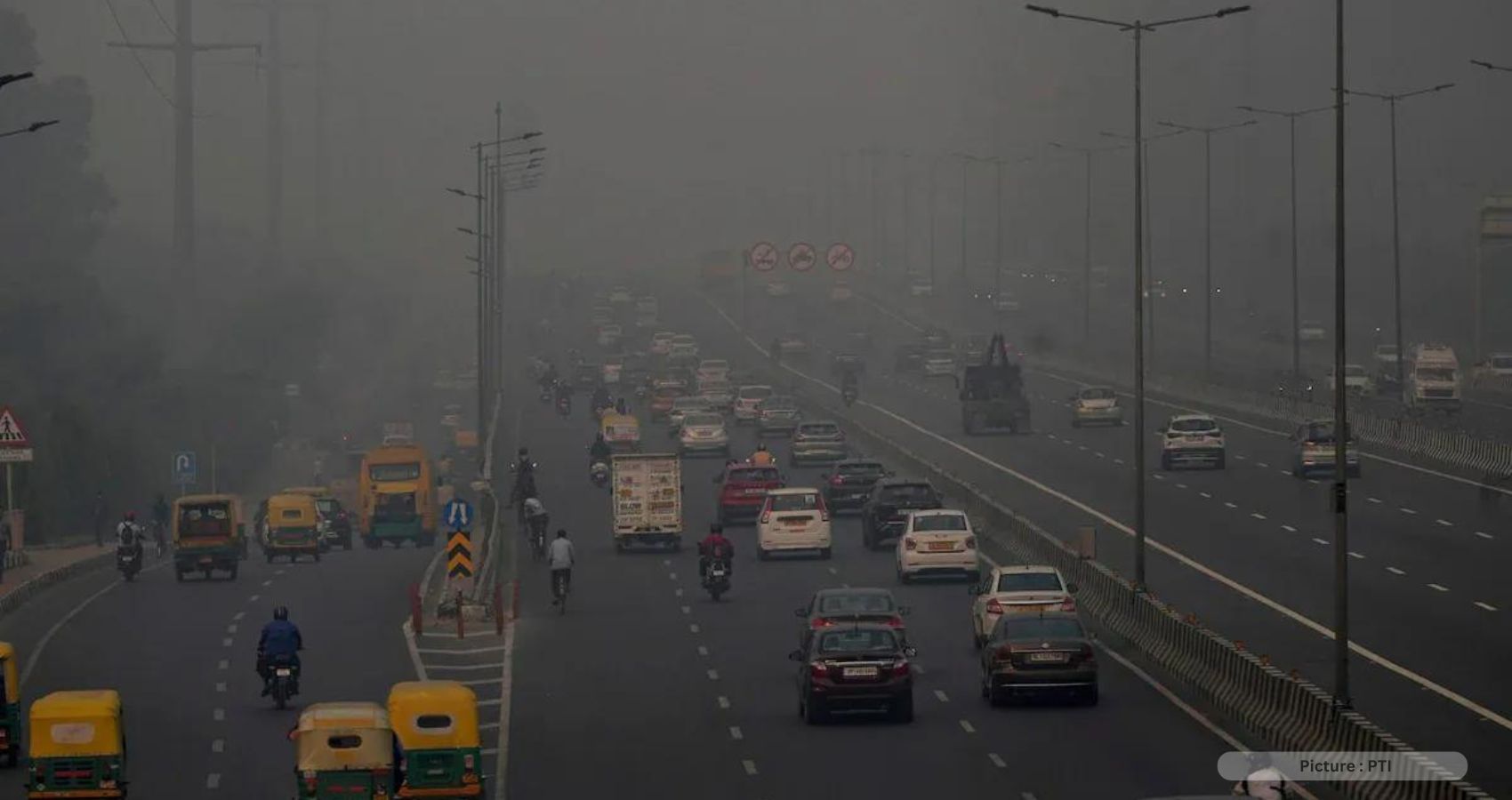As the global focus on India’s role in climate change intensifies, it’s apparent that many critics are quick to point fingers at New Delhi’s energy policies without considering the complexities at play. This lopsided debate calls for a more balanced perspective, considering the challenges India faces in its journey towards sustainable energy. The need for an equitable approach is evident.
New Delhi acknowledges the environmental drawbacks of coal, but it’s equally aware that a hasty exit from a carbon-based economy carries immense human costs. The real issue that warrants attention is whether developed nations have made substantial reductions in emissions. So, why impose rapid coal phase-out on India?
Let’s delve deeper into this argument with some illuminating statistics.
India requires power to uplift an estimated 75 million people who have fallen into poverty due to the pandemic, living on less than $2 per day. Power is the lifeline to eradicate poverty, improve nutrition, enhance education, boost healthcare, and increase industrial and agricultural productivity. In India, coal plays a critical role in power generation because viable alternatives are still in the early stages of development.
Consider India’s electricity consumption – it’s strikingly low. The annual per capita electricity consumption in India stands at 972 kilowatt-hours, merely 8% of what Americans and 14% of what Germans consume. India is gradually transitioning to cleaner cooking fuels and embracing bottled cooking gas, which not only reduces indoor air pollution but is also prevalent in many developing countries. Looking ahead to 2040, India’s energy demand is projected to grow significantly, making it the world’s largest growth in energy demand, as certified by the International Energy Agency.
Consequently, India will require a diverse mix of conventional and renewable energy sources, with coal playing a dominant role as it currently powers 75% of the country’s electricity generation. The rest comes from wind and solar power, which are still evolving.
India boasts an estimated 100 billion tonnes of coal reserves, and the state-owned Coal India, the world’s largest miner, produces around 600 million tonnes of coal annually. Coal is not just about power generation; it’s a vital source of employment and economic growth, driving India’s industrialization efforts. Over four million people are associated with the coal sector, and coal also contributes to various non-power sectors like cement, brick, fertilizers, steel, sponge iron, and other industries. More than 800 districts in India have coal dependence. This situation mirrors the experiences of developed nations when they embarked on their paths to prosperity.
But now, these very nations criticize India’s coal policy without considering the complexities. They underestimate the difficulties of transitioning millions of workers into green jobs, a process fraught with challenges. They also ignore that the UN Secretary-General Antonio Guterres has urged developed nations to lead in phasing out coal, not countries like India.
However, developed countries have not taken this step, instead allowing themselves flexibility in transitioning to renewables. Yet, they focus their criticism on India. This is nothing short of hypocrisy.
Take Germany as an example, often lauded as a green champion. It’s expected to witness its highest emissions surge in three decades, primarily due to increased coal use. Germany generates 27% of its electricity from coal, and this figure will rise when it closes its nuclear plants, leading to an additional 60 million tonnes of carbon emissions annually to meet electricity demand.
It’s crucial to recognize that India, as a billion-plus nation and the world’s third-largest emitter, is making determined efforts to decarbonize its power sector. The goal is to develop 450 gigawatts of renewable energy capacity by 2030, with plans to employ technologies like advanced battery storage for enhanced reliability. The installation of solar, wind, hydro, biomass, and nuclear plants is set to reach over 500 gigawatts by 2030, nearly tripling the current capacity and constituting 64% of India’s generation capacity.
New Delhi is also striving to become a global hub for green hydrogen and green ammonia production. However, coal will continue to account for half of India’s electricity generation until 2030, remaining the primary source of electricity. India aims to phase out 2 gigawatts of coal-burning plants by 2030, with plans to shut down 25 gigawatts of older plants.
Moreover, coal contributes significantly to government revenues through various taxes, including royalty, Goods and Services Tax (GST), and GST compensation cess. The central and state governments rely on coal for a substantial portion of their tax revenues. Electricity, largely generated from the coal sector, also contributes to energy tax revenues for governments. Phasing out coal, as proposed at the Conference of Parties (COP 26) in Glasgow, would have severe implications for government tax collections and could negatively impact the economy at various levels.
It is imperative for the West to consider all these factors before casting judgment. India is committed to phasing out coal but, like Western nations, it must do so on its terms, considering its unique challenges and priorities.











